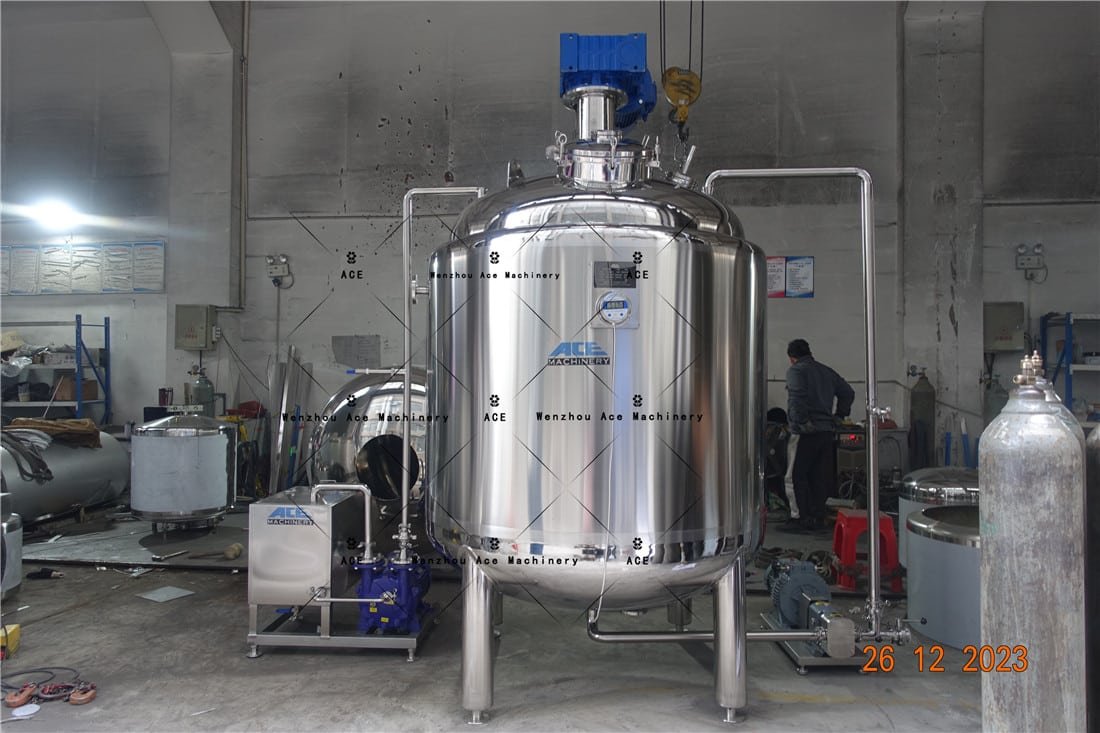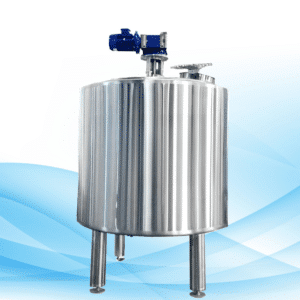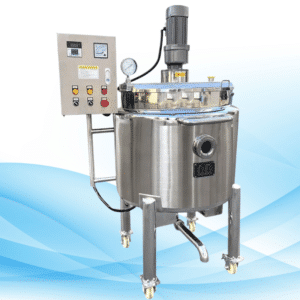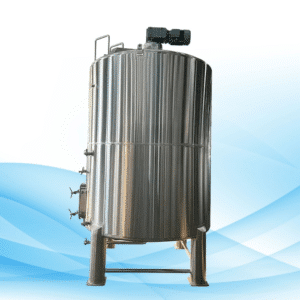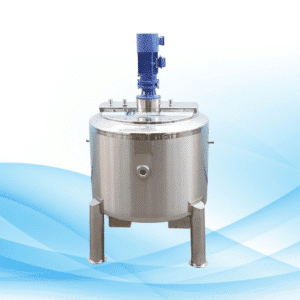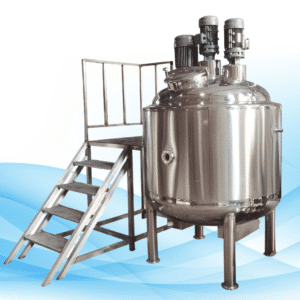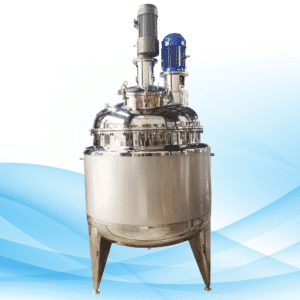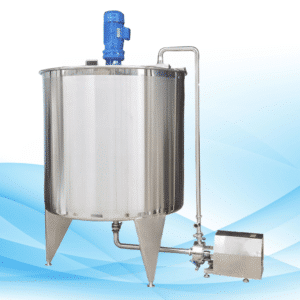There is wonderful joy in using honey as they come with delicious taste as well as a lot of health benefits as there are motives for its widespread usage. But it is important to know that every jar of honey is earned through a process that is directed towards ensuring the purity and quality of what people consume. In this article, we take you through the important steps of honey processing, which starts when the honey is extracted and ends with honey being ready for consumption. So, if you wonder how raw honey comes to your spoon, rest assured, the following paragraphs are going to provide information about it.

What is Honey Processing?
Honey processing is the procedure required to create smooth, slurring, and stirring honey which is the end result of crude honeycomb starting the process. The process includes extracting honey, subdividing it into key components and packing it while trying not to alter its taste, viscosity and beneficial properties that this natural product comes with.
Step 1: Harvesting Honey from the Hive
Beekeeping is the first action required for the processing of honey, and this requires the person to remove the sticky frames containing honey from the beehive. It is advised to beekeepers to wait until the honey has reached some desired moisture content, which for us is twenty-one percent, this way the beekeepers know when it is time to harvest the honey.
Requirements for Harvesting:
- Beekeeper’s smoker for calming the bees.
- Beekeepers’ hive tool to break open a beehive;
- Honey extractor – a device to remove honey by spinning the comb.
To prepare frames for extraction, beekeepers have to cut waxed caps off the honeycomb cells’ openings after removing them from the hive.
The Second Step – Extraction of Honey
Once that honeycomb is retrieved, it is to be extracted. There are two techniques of extracting honey that are widely used.
1. Centrifugal Method
Most popularly used, in this beekeeping method, honeycomb frames are put in the honey extractor. The honey extractor rapidly spins the frames using centrifugal force so that honey is pushed out of the cells.
2. Pressing
Since the rasp of unrefined honey is thick, some beekeepers, for scraping, choose to squeeze the structures manually.
At this stage, the extracted honey is raw and contains several solid particles suspended in it may be beeswax, pollen, etc.
The Third Step – Honey Filtration
At this stage, the number of particles suspended in honey such as Propolis, wax, and pollen loads of bees are present in honey. The steps of refining kick in and aim to clear suspension and render the honey transparent by removing the mentioned ingredients.
Filtration can be put into two categories:
- Insertion filtration: This is the initial stage filtration for screening out wax and larger pieces of debris.
- Fine filtration: This removes finer particles that may remain, ensuring that the honey is not contaminated with any such ‘small’ debris.
Beekeepers generally employ mesh filters or even a fine cloth for filtering the honey. The end product is clear, free of impurities and could be easily packed.
Step 4: Heating and Pasteurization (Optional)
The most common reason why some people avoid consuming raw honey is because of its temperature. Some commercial honey products offer heated varieties for their consumers, the primary aim of doing so is to increase its shelf life by editing the product consistency. Heating aids in the liquifying process of honey, which in turn makes it simpler to filter and pack. Heating honey to high degrees can, however, hinder essential enzymes from functioning and strip away the honey of key nutrients present. A vast majority of honey manufacturers thoroughly understand this and therefore keep the heating stage below 145°f (63 °c).
In some cases, honey is pasteurized to eliminate yeast cells that could cause fermentation, which is particularly important for honey that will be stored for longer periods.
Step 5: Honey Cooling and Storing
The ideal temperature for honey consists of dirt that is not heated or rubbed by any parts of the body, this is the temperature that crystallizes honey which leads many to the bottom using technique. Once the optional heating stage and the filtration stage are completed. This is the stage where the crystallization of certain types of honey begins, depending on the source it was taken from. Many include crystallized honey as the final product in the final product lineup.
To maintain its quality for a longer duration, It is best to store honey in precisely sealed containers, free from high temperatures and sunlight influx. This way, not only is its taste maintained, but also the chances of unwanted fermentation are minimized.
Step 6: How The Honey Is Packed After Cooling
When honey has cooled down and has been filtered, it is time to pack it. For the last step of the processing of honey, it can be packed either by hand or packed with machines.
Another vital step in this phase is the labeling of containers, which contains important details like the place where the honey is harvested, the type of flower that was used, and the expiration date.
Step 7: Final Touches Honey Quality Control Check
After packing honey, it is shipped to the stores, but only after passing the quality assurance tests. Some of the tests include taste checks, looking for consistency, and checking through a microscope or other devices to make sure it’s clean and meets legal standards.
For Italian Honey, if the standards are not met, then the honey is either discarded or put through a new process to make it to the right standard.
The Significance of Honey Processing
Without honey processing, the purity of honey cannot be maintained. All steps are vital in achieving safety, taste, and nutrients of the product. Without these processing steps, beekeepers and other producers cannot sell honey that is neither delicious nor free of parasites.
Frequently Asked Questions Regarding Honey Processing
1. Why Do Honey Crystallize? Is it a Serious Problem?
Crystallization of glucose is the stage at which honey separates from water, and this is a common occurrence. It signifies the quality of honey and does not determine how good the honey is. To bring back crystallized honey, just place the jar in a bowl of hot water.
2. Is Raw Honey A Better Alternative To Processed Honey?
Raw honey is honey that has gone through minimal processes, hence increasing the amount of nutrients and enzymes there is in honey. The popularity of both raw and processed honey is due to the health benefits both types satisfy. Raw honey has a more intense flavor and is often favored due to its greater amount of antioxidant.
3. What Is The Most Reliable Way To Store Honey?
Bottles dry and put honey in them so that air cannot move freely inside the container. Storage that is appropriate does not allow moisture to get inside the honey, which could otherwise cause fermentation.
4. What is honey’s shelf life?
If honey is kept sealed, in a room temperature and away from light, it does not spoil. Since it can have an infinite shelf life, honey may crystallize over time, but that doesn’t indicate the honey turning bad.
5. What does the honey extracting and processing process look like for a large scale operational commercial beekeeping in comparison to small scale businesses?
Large honey processing shows an involvement of greater degree of automated machinery along with heated segments as opposed to small-scale ones that are raw and unheated honey that is more likely in small scale businesses. Even small honey producers may choose to forgo adding heat to the honey in order to keep its constituents intact.
Final thoughts
In order for the honey produced to be long-lasting and usable, honey processing must be performed. Each of the honey treatment processes, starting from extraction and filtration up to packaging and storage, has its own goal in regard to preserving the sweetness of honey. Honey enthusiasts and honey producers alike should familiarize themselves with these procedures in order to better understand and appreciate the intricacies involved in every jar of honey.
This ensures that honey producers preserve the natural taste of honey along with its health benefits, while also ensuring the honey is safe for consumption.
People who are engaged in honey processing or are seeking to buy raw honey will have a better understanding of the processes of honey processing, making it easier to make balanced choices while purchasing or consuming honey.

